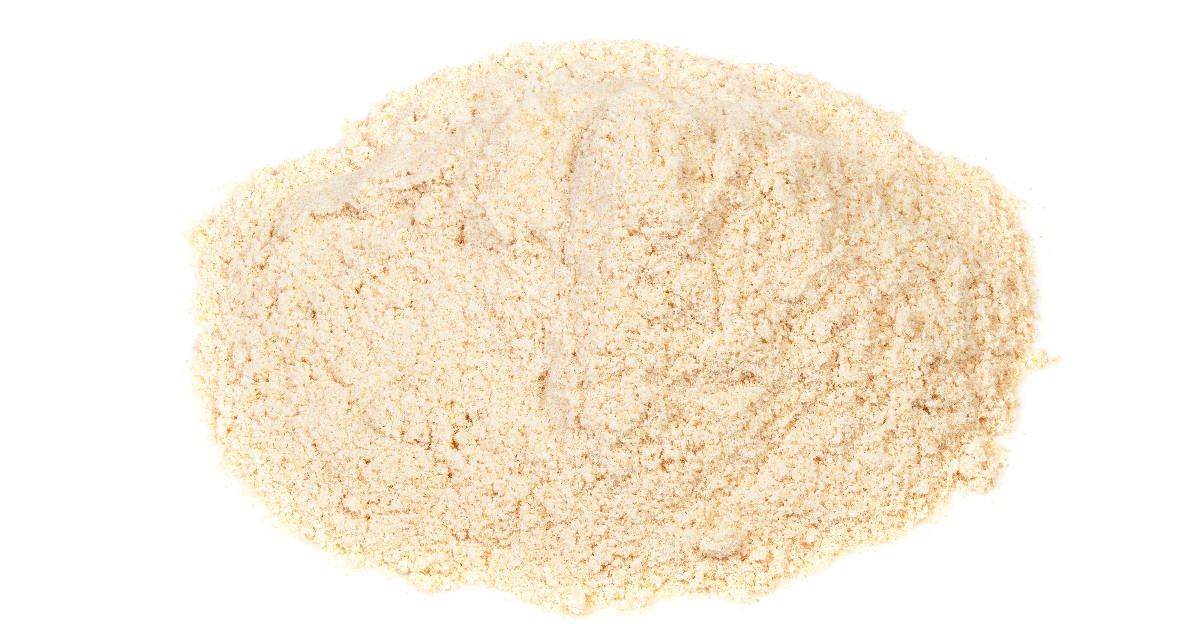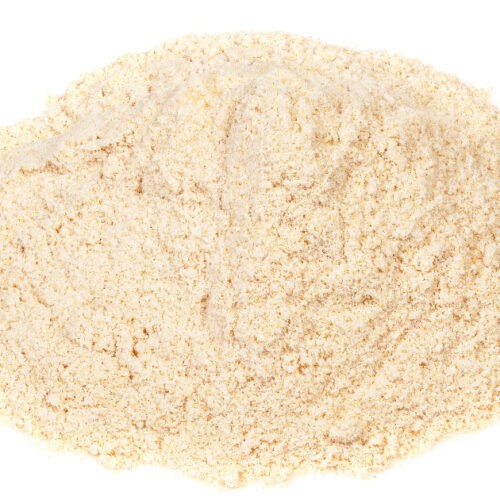Welcome to the wonderful world of homemade apple powder! This versatile ingredient adds sweet apple flavor to everything from baked goods to smoothies. Read on to learn the ins and outs of making your own apple powder right at home.

Apple powder is simply dried, powdered apple. It can be made from apple slices, apple peels, or even applesauce. When apples are dehydrated and pulverized into a fine powder, their flavor becomes concentrated. The powder dissolves easily and infuses recipes with pure, fresh apple taste.
How to Make Apple Powder
With just a few basic supplies, you can whip up apple powder from fresh apples in your kitchen.

Apple Powder Recipe
Ingredients
- Apples
- Peeler optional
- Dehydrator or oven
- Blender or food processor
Instructions
- Wash and core the apples. Peel them if desired.
- Slice the apples into 1⁄4 inch rounds or smaller pieces.
- Optional: Soak apple slices in lemon water to prevent browning.
- Arrange slices on dehydrator trays in a single layer, or on oven racks.
- Dehydrate at 135°F until slices are dry and brittle, 6-12 hours.
- Allow slices to cool completely.
- Transfer slices to a blender. Pulse into a fine powder.
- Store powder in an airtight container for up to 1 year.
And that's all there is to it! Now, let’s look at some specific methods for oven-drying versus using a dehydrator.
Oven Method
If you don't have a dehydrator, don't worry! Your oven works too. Here are the oven directions:
- Place apple slices on a parchment-lined baking sheet or cooling rack set on a sheet pan.
- Dry at lowest oven temp (150-200°F) for 1-2 hours.
- Flip slices and dry 1-2 hours more, until crisp.
It may take longer for the oven to fully dehydrate the apples. Just keep checking them!
Key Takeaway: Use very low oven heat between 150-200°F when making apple powder to prevent burning.
Dehydrator Method
Using a dehydrator streamlines apple powder production. Simply:
- Arrange apple slices on dehydrator trays.
- Dehydrate at 135°F for 4-6 hours.
- Reduce heat to 125°F and dehydrate 4-6 hours more until crisp.
Rotate the trays midway through drying for even results. Then powderize as directed.
Apple Powder Uses
Here’s a tasty table outlining creative ways to use your homemade apple powder:
| Use | Amount |
|---|---|
| Dust on oatmeal | 1-2 tsp |
| Rim cocktail glasses | 1⁄4 cup |
| Whisk into pancake batter | 2 tbsp |
| Stir into yogurt | 1-2 tsp |
| Fold into cookie dough | 3-4 tbsp |
| Sprinkle on ice cream | 1-2 tsp |
| Blend into smoothies | 1-2 tsp |
Get creative with sweet and savory applications! Apple powder incorporates beautifully into myriad dishes.
Key Takeaway: Get the most out of apple powder by using it to replace up to 1/4 of the flour or sugar in recipes.
Replacing Flour
Thanks to the pectin in apples, their powder can replace about 1⁄4 of the flour in baked goods recipes. Pectin acts as a thickener.
Reduce the flour and use an equal amount of apple powder. For example, if a cookie recipe calls for:
- 2 cups flour
- 1⁄2 cup apple powder
- 1 tsp cinnamon
- 1⁄2 tsp nutmeg
- 1⁄2 cup butter
- 1 cup sugar
- 1 egg
- 1 tsp vanilla
The apples lend moisture, binding power, and warm spice flavor.
Natural Sweetener
Apple powder contains concentrated natural sugars from fresh apples. Use it to lightly sweeten dishes without added sugars.
Here’s an apple sauce recipe example:
- 3 apples, cored and chopped
- 1⁄2 cup water
- 1-2 tbsp apple powder
- 1⁄2 tsp cinnamon
Simmer the apples and water until softened. Mash into sauce. Stir in apple powder and cinnamon to taste.
Egg Replacer
The binding qualities of apple powder work perfectly in place of eggs!
To replace 1 egg:
- 1 tbsp apple powder
- 1 tbsp water
Whisk together then add to batter as you would an egg. Voila!
Key Takeaway: Apple powder can replace up to 1⁄4 of the flour or sugar called for in recipes. It also substitutes for eggs.
| Amount of Apple Powder | Replaces |
|---|---|
| 1-2 tsp | 1 tbsp sugar |
| 1 tbsp + 1 tbsp water | 1 egg |
| 1⁄4 cup | 1⁄4 cup flour |
Storage Tips
Like other dehydrated ingredients, apple powder is hygroscopic, meaning it absorbs ambient moisture. Proper storage preserves freshness and prevents clumping.
- Store powder in an airtight glass jar at room temperature for up to 1 year.
- For longer shelf life (1-2 years), refrigerate or freeze apple powder.
- Place a silicone desiccant pack in storage containers to absorb excess moisture.
- Vacuum sealing apple powder bags removes oxygen and extends shelf life exponentially.
Following these apple powder storage tips eliminates waste and retains flavor. Now you can create apple goodness all year long!
FAQs
What's the best apple variety for powder?
Choose sweet apples like Fuji, Gala, or Honeycrisp. Tart apples work too but may yield slightly sour powder.
Can I leave the apple peels on?
Yes! Peels contain beneficial nutrients. If very thick, peel apples before dehydrating.
What if my apple powder turned brown?
No worries - browning is natural but doesn't affect safety or taste. Add a squeeze of lemon juice to prevent darkening next time.
Why does my powder clump together?
Clumping occurs when powder absorbs ambient moisture. Try storing it with desiccant packs in an airtight glass jar.
Can I make other fruit powders?
Absolutely! Many fruits like mango, pineapple, strawberries, and bananas dehydrate well into yummy powders.
Conclusion
From sweetening morning oatmeal to adding moisture to muffins, the possibilities are endless with homemade apple powder! Drying and powdering apples concentrates their bright flavor and natural sugars into a versatile pantry staple.
Whip up a batch using this easy DIY method. With proper storage, apple powder keeps for up to a year, letting you sprinkle apple essence into dishes all season long. Experiment with uses from rimming cocktails to egg replacement in baked treats.

